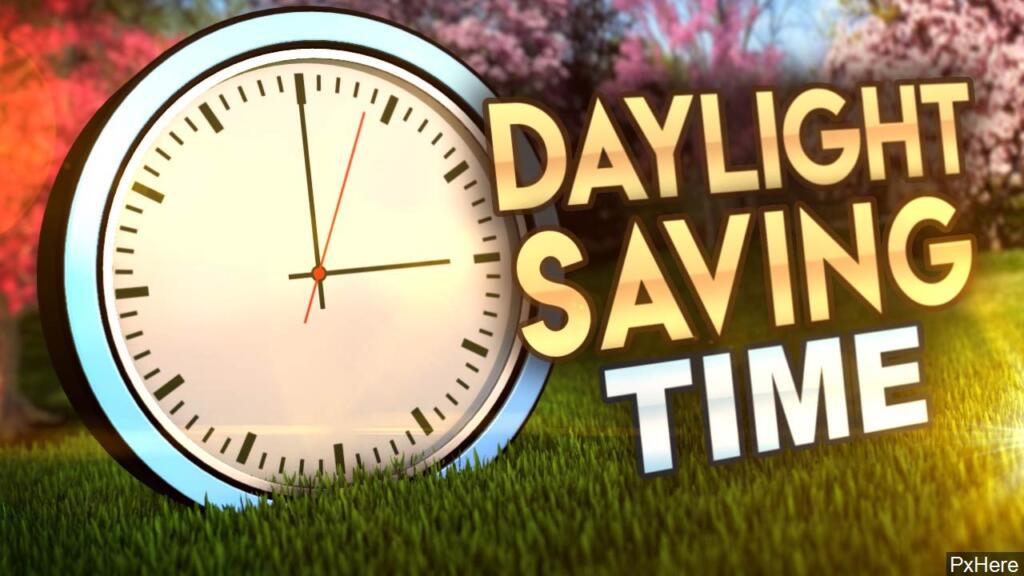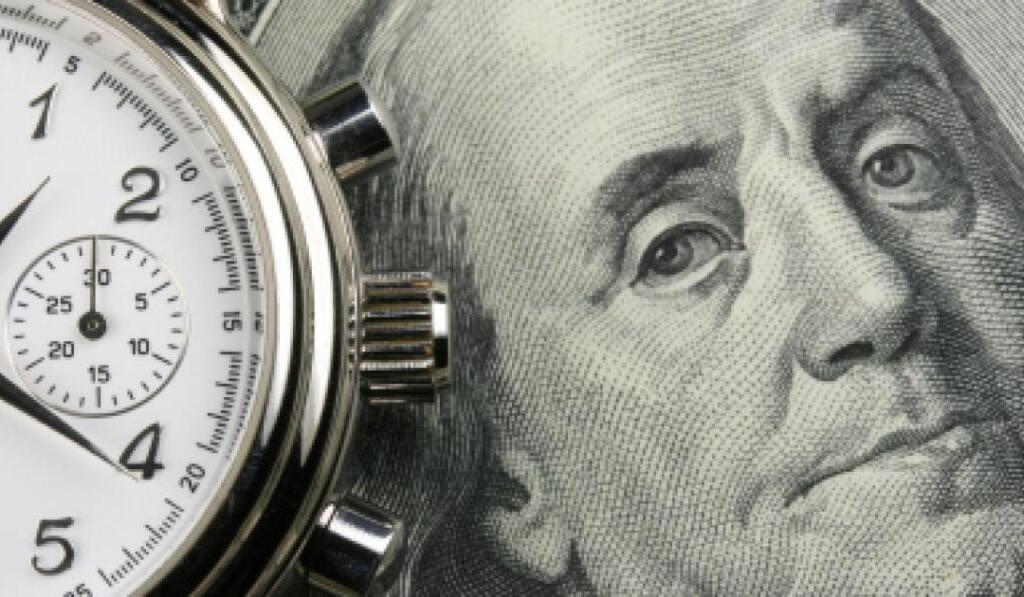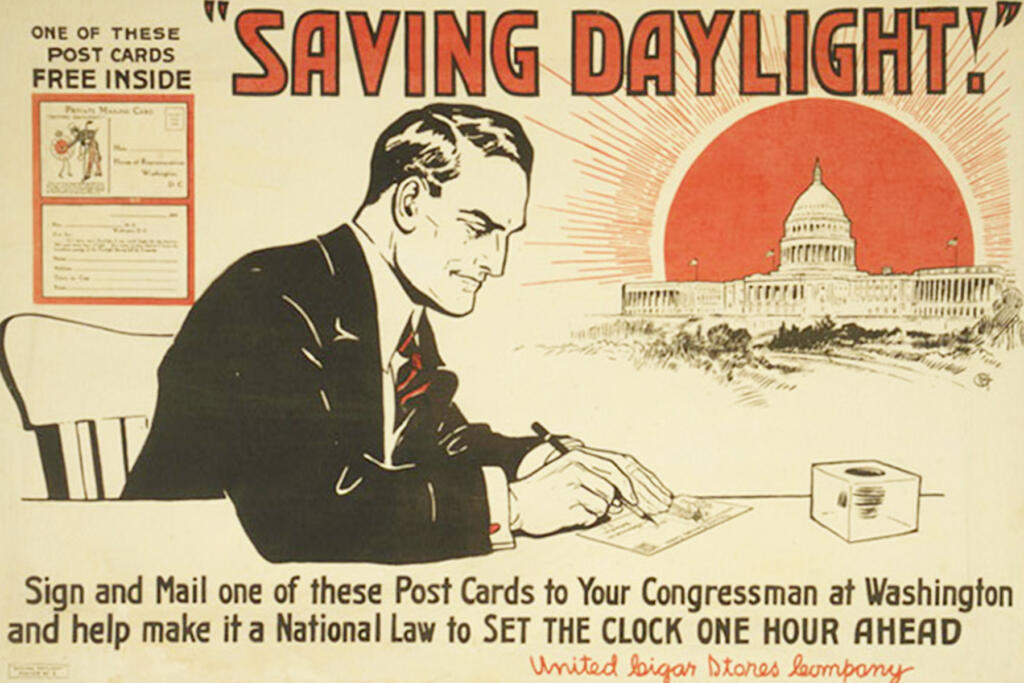
What starts on the second Sunday in March and ends on the first Sunday in November? Yes, it’s that pesky time of year– Daylight Saving Time (DST). It’s associated with more daylight in the spring and less in the fall, as captured in the mnemonic device “spring forward” and “fall back.” Although it’s just an hour difference, the impact is sufficient cause for complaint. Changing the clocks is irritating, your sleep is disturbed, and it’s linked to seasonal depression. Plus, if you’re spending time on the lake, your stronger connection to the outdoors has likely made you more sensitive to DST’s effects. So given all these drawbacks, why is DST so important anyway? Today, we’re diving into the history of this day and some fun facts surrounding it.
There’s no “S” on the End

Colloquially, most people refer to this day as “Daylight Savings Time.” However, there is actually no “s” on the end. Logically, it makes sense. We are saving daylight — hence the name.
It’s Not Observed Nationwide

Many people think that DST is commonplace across the United States. This belief is not entirely accurate. In the U.S., the only state that does not observe daylight saving time is Hawaii. Additionally, most of Arizona does not observe it, and Indiana only adopted it in 2006.
Outside the U.S., it’s certainly not a globally recognized phenomenon. It’s observed in most areas of Europe and North America and some Middle Eastern countries such as Iran. In the southern hemisphere, it’s observed by two Australian states and a few South American countries such as Chile.
Benjamin Franklin Suggested It

As mentioned in the Nicholas Cage movie National Treasure, Benjamin Franklin is responsible for the original idea of DST. However, he suggested it as a joke. He proposed the concept of daylight saving in a satirical essay. Although he includes some practical ideas in his article, the actual suggestion of daylight saving may have been a jab at the French for being lazy. Beyond Ben’s passing suggestion, DST’s actual inception is credited to an entomologist. A post office worker by day, this bug enthusiast hunted for insects at night. He complained about how early the sun sets during the summer months and introduced DST to solve his dilemma.
World War II Pushed Daylight Saving Time Into Law

Germany was the first country to adopt DST into law. This decision came from an effort to conserve coal during World War I. In 1918, this concept spread to the U.S., and in 1966, it became an official practice. For our country, the primary motivation for DST’s introduction was to save electricity, and the notion became even more popular during the energy crisis in the 1970s. Ironically, some studies point out that DST may actually increase the amount of money spent on energy. This is because the cost of heat and air conditioning goes up, even though people save money on lighting.
Most Farmers Dislike Daylight Saving Time

One pervasive myth about DST is that it was created to help farmers by providing them with more daylight hours to spend working outdoors. However, farmers have been some of the strongest opponents of DST since the 1960s. To this day, most farmers are not keen on DST. Just like humans have trouble adjusting to a new schedule, so do crops and animals. Twice a year, farmers are faced with the difficult task of adapting their plants and livestock to a new routine. DST is especially loathed by dairy farmers whose cows are sensitive to particular milking times.
From our lake house to yours, we hope you make it through DST this spring!

